Looking for a quick and creative way to introduce kids to the world of music? This Simple Popsicle Stick Piano Craft is an easy, hands-on activity that’s perfect for young learners. Using just popsicle sticks, paint, and a piece of construction paper, kids can build their very own mini piano—no batteries or musical skills required! Whether you’re adding this to a music lesson, Sunday school, or a rainy-day project, it’s a fun way to help kids recognize piano keys and patterns through play and creativity.
This post contains affiliate links.
How to Make a Popsicle Stick Piano
Creating your own popsicle stick piano is easy and fun! With just a few craft supplies, kids can build a simple piano model while learning about the layout of piano keys. Follow the steps below to get started.
Materials:
-
Popsicle sticks (10–12 jumbo)
-
White and black paint (Acrylics work really well on wood)
-
Scissors (sharp enough to cut popsicle sticks)
-
Glue stick or liquid glue (Hot glue would also work really well) We used Mod Podge.
-
1 sheet construction paper (for the base)
-
Pencil or ruler (optional, for placement)
Instructions:
1. Prepare the Base
-
Lay out a horizontal sheet of construction paper (landscape style).
-
This will serve as the background for your piano.
2. Make the Keys
-
Paint 8 full-length popsicle sticks white. These will be the white keys.
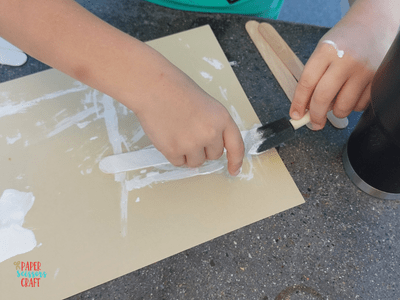
-
Cut 4 popsicle sticks in half and paint them black. These will be the black keys.
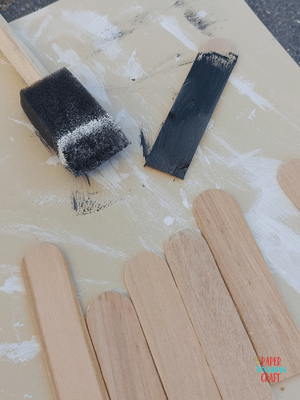
-
Once dry, glue them vertically side by side along the paper, evenly spaced.
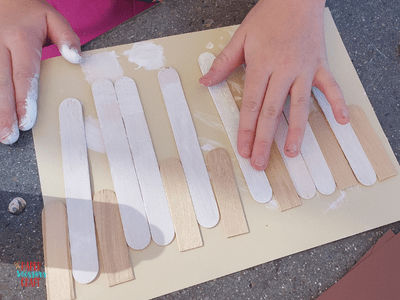
3. Place the Keys
There are two different ways to arrange the keys. One option is to glue all the white keys side by side first, then glue the shorter black keys on top, positioned between the white keys like a real piano. The other option is to glue the keys in an alternating black-and-white pattern, placing them all side by side.
-
Here is the order for black keys:
-
Between white keys 1–2
-
Between white keys 2–3
-
Skip a space
-
Between white keys 4–5
-
Between white keys 5–6
-
Between white keys 6–7
-
Or here’s a picture of a piano for a better visual:
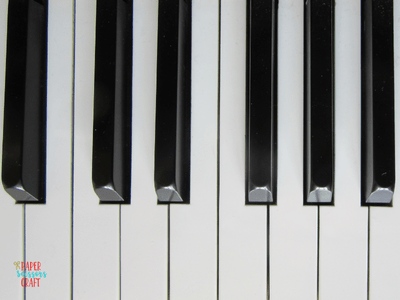
Tips:
-
Use a pencil or ruler to lightly mark where each key will go before gluing.
-
If you’re short on space, you can use 6 white keys and 4 black keys instead.
-
Emphasize clean painting—no extra decorations—so it looks like a mini piano.
Make this Piano Craft a Learning Opportunity
Mozart
Turn this simple craft into a fun learning moment by introducing kids to Wolfgang Amadeus Mozart, one of the most famous composers in history! While making their popsicle stick piano, share a few fun facts—like how Mozart started composing music at age five and could play the piano blindfolded. You can even play some of his music in the background as they work. After finishing the craft, encourage kids to imagine what it might have been like to play music in Mozart’s time. This adds a creative and educational twist that helps kids connect their craft to real-life music history!
We did this when I was homeschooling. And we used this book, which was super helpful:
Really, you could do any music composer.
Music Recognition
Creating a piano craft is a hands-on way to introduce kids to basic music concepts, especially the layout and function of piano keys. Even though the craft doesn’t make sound, it visually mimics a real keyboard and helps children become familiar with patterns found in music.
🎹 Learning the Key Layout
-
Kids learn that a real piano is made up of white and black keys, arranged in a repeating pattern.
-
The white keys represent the musical alphabet (A to G), while the black keys are the sharps and flats.
-
By placing the black keys in groups of twos and threes, kids can start recognizing how the keyboard is organized.
🧠 Understanding Repetition and Patterns
-
The repeating groups of black keys (2-3-2-3…) help children visually understand musical patterns, which is a foundational concept in music theory.
-
You can show them how every group of 7 white keys and 5 black keys makes up an octave, a building block of piano music.
👁️ Visual-Spatial Skills
-
Kids practice visual recognition of key positions, which helps if they begin playing an actual instrument later.
-
Recognizing which black keys fall between specific white keys builds early awareness of note relationships.
🎵 Introducing Music Vocabulary
-
As you guide them through the craft, you can introduce terms like:
-
“Key,” “note,” “octave,” “pattern,” “sharp,” and “flat.”
-
-
This helps build a basic music vocabulary in a natural, hands-on way.
🔁 Optional Reinforcement Activities
-
After making the craft, you could label the white keys A–G or use stickers to match notes.
-
Pair the craft with listening to simple songs and asking kids to count how many times they hear a note repeat or a pattern occur.
What will you Play on your Piano?
This popsicle stick piano may not make music, but it hits all the right notes for a fun and educational craft. With simple supplies and a touch of imagination, kids can learn about piano keys, practice fine motor skills, and enjoy the satisfaction of building something from scratch. Keep it simple, keep it fun—and who knows? It might just inspire a future musician in your home or classroom!
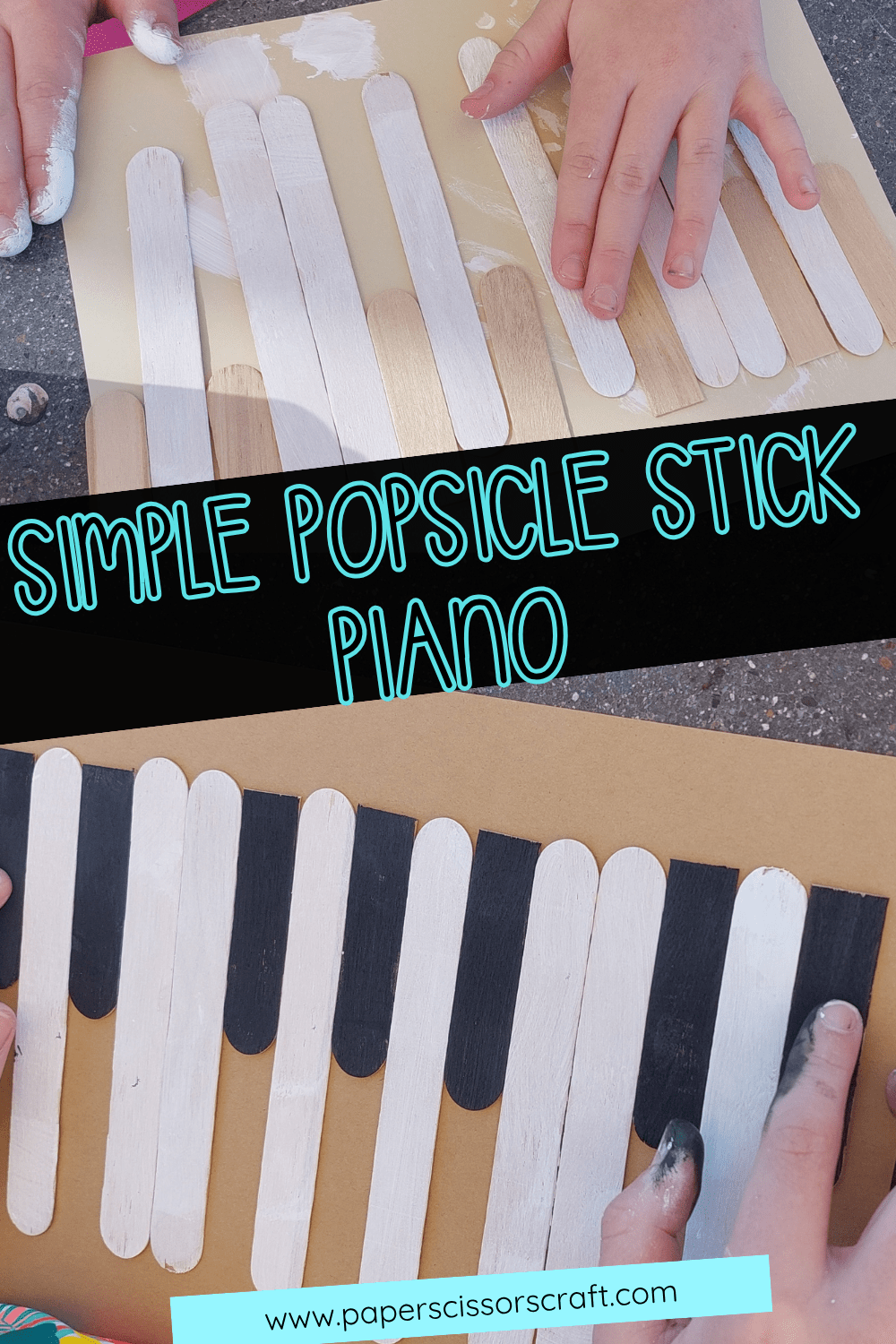

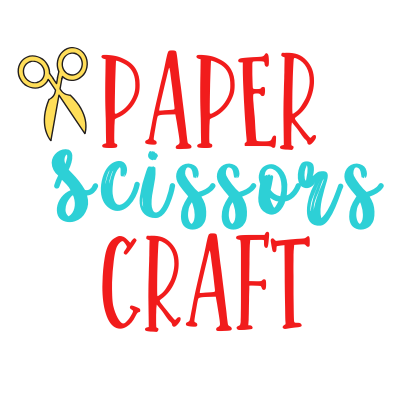
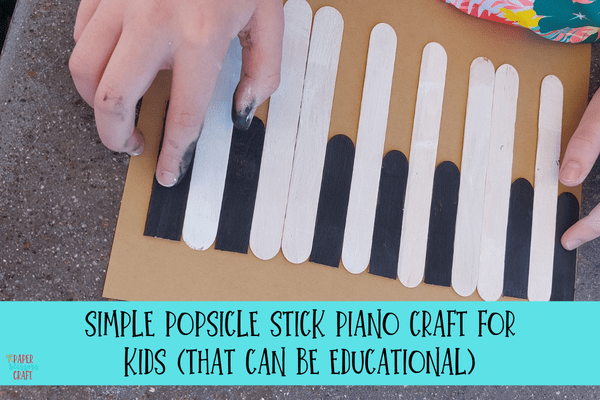
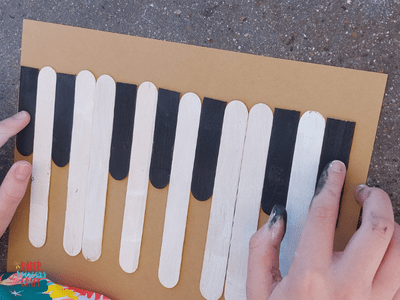
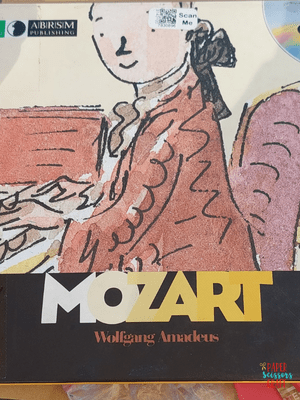
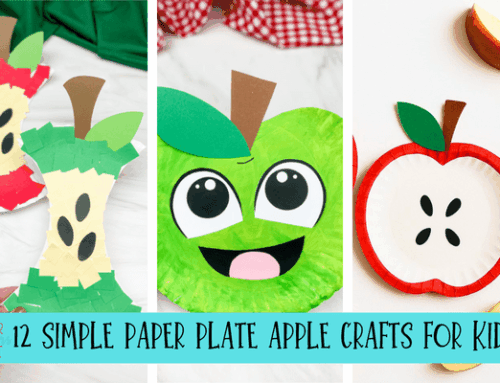
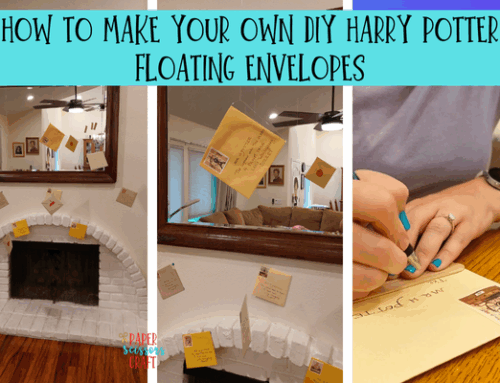
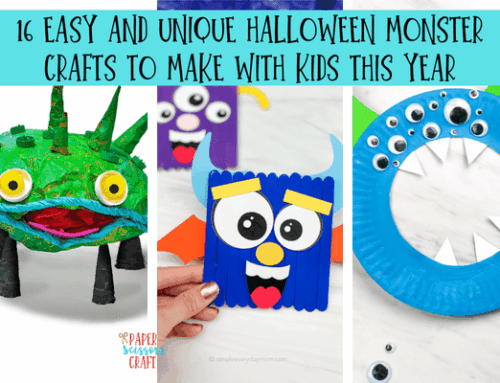
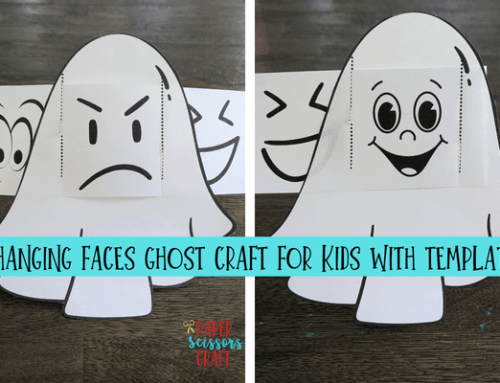

Leave A Comment